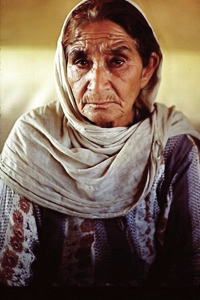
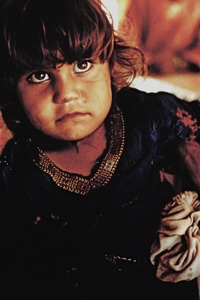
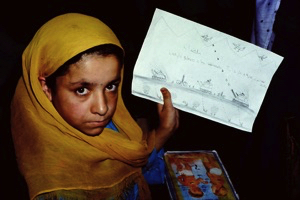
As in most conflict areas, it is the women and children who are worst affected. Widows and orphans are particularly hard hit. With as many as 1.5 million deaths attributed to conflict between 1979 and 2001, and an additional 241,000 from 2001 to 2021, there is a disproportionate number of widows and orphans.
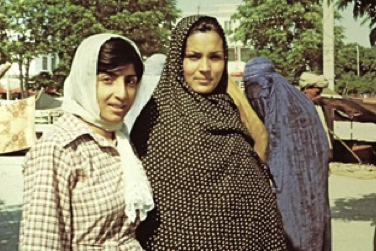
It is not well known that before the 1979 invasion, Afghan women were gradually making gains. Women worked as bank tellers, flight attendants, and professors. The overwhelming majority of primary school teachers were women. Literacy rates were extremely low, but growing. Some women did not cover their heads, at least in urban areas, while others made choices ranging from a simple head scarf to a chadar to the all-enveloping chadari.
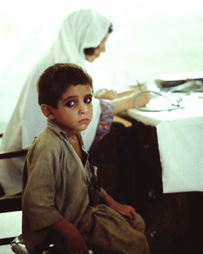
After the invasion, women worked as doctors and teachers in the refugee camps in Pakistan, though many had their lives threatened by fundamentalist factions of the mujahedeen. Some stayed and some fled to western countries.
Sima, below, lost her leg to a land mine while fleeing Afghanistan. She took the bus over an hour each way to teach in the camp.
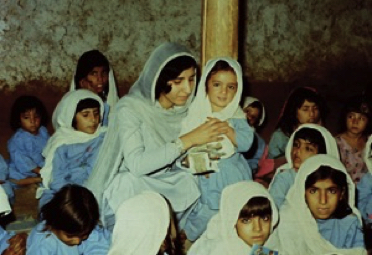
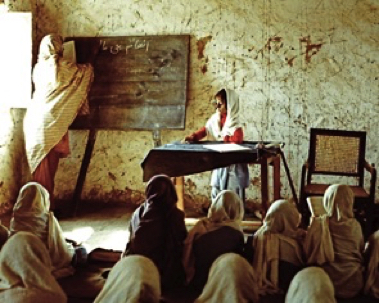
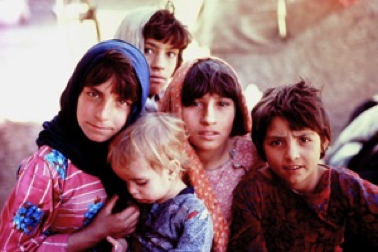
These girls wanted to go to school, but had to take care of younger siblings.
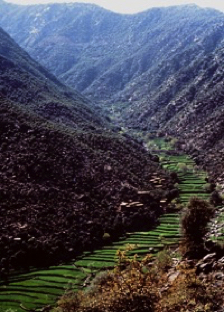
Kunar was, and is, a beautiful mountainous province of Afghanistan. There really was a village of Badgur, where Dr. Yusuf’s clinic was located, and there were heroic doctors, nurses, and health workers who risked their lives to care for the sick and wounded. Male doctors could not examine women patients, so female health workers were a necessity.
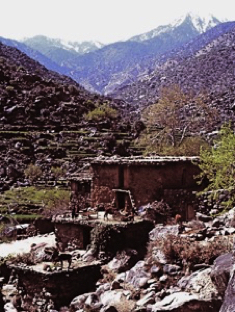
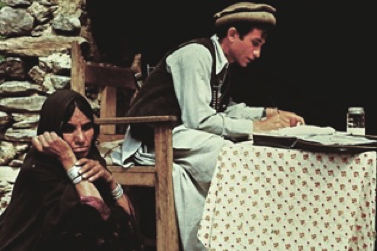
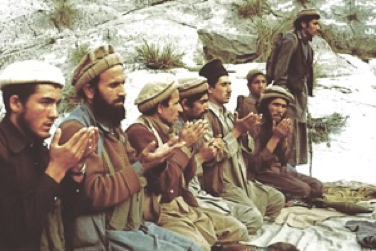
Their faith in Islam, which can be translated as “the peace that comes from surrender to a Higher Power,” was a great motivating force in the resistance to the Soviet invaders.
At the same time, the Afghans were fighting for hearth and home, and for their families who were being indiscriminately bombed. Civilian casualties continued throughout the years of U.S.-led occupation.
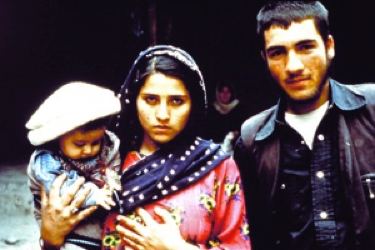
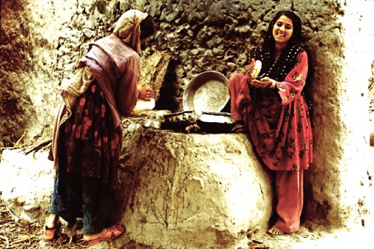
Even in a war zone, the daily bread must be baked, and life must go on.
Two sides of this Pashtun grandmother, the nurturer with the grand (or great grand?) baby, and posing with the family AK-47. During the Soviet war, women played their part in the resistance---as health workers, nurses, doctors, teachers, demonstrators, and occasionally spies.
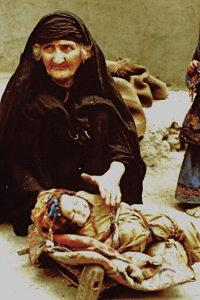
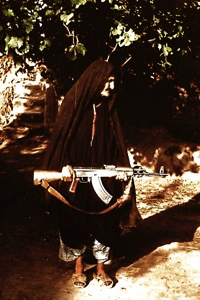
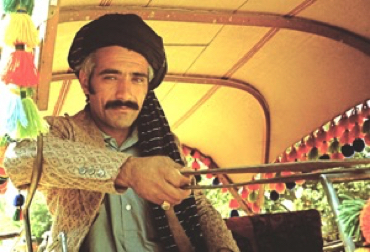
I sometimes think that Dr. Yusuf Hakim must have looked much like this handsome horse cart driver in Mazare Sharif in 1979.
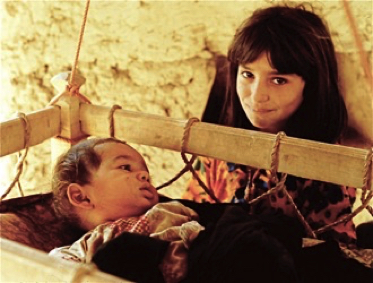
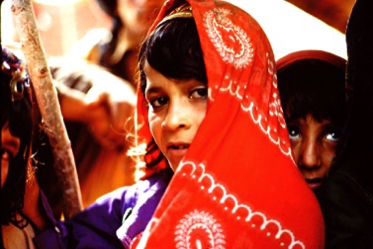
On the outside looking in: education of girls is the single most important predictor in how many children they will have. The greater the level of education, the more empowered a woman feels, the fewer children she will choose to have, and those born will be regarded as a precious resource for the future, nurtured and raised by the entire community. With the Taliban takeover of Afghanistan in August, 2021, education for girls and especially higher education for women appears imperiled. The world watches as a generation of young women and men aspiring to education, art, creativity, poetry, and freedom of expression react to the Taliban's new rules.
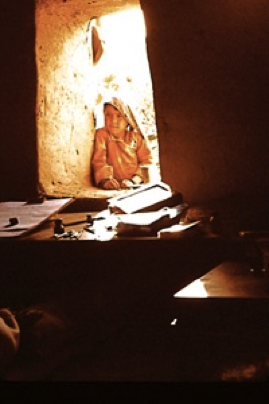
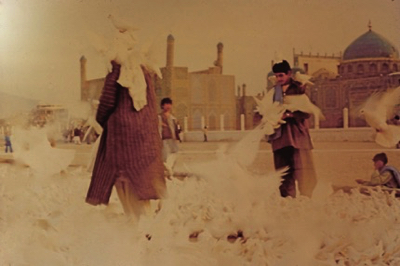
Gallery